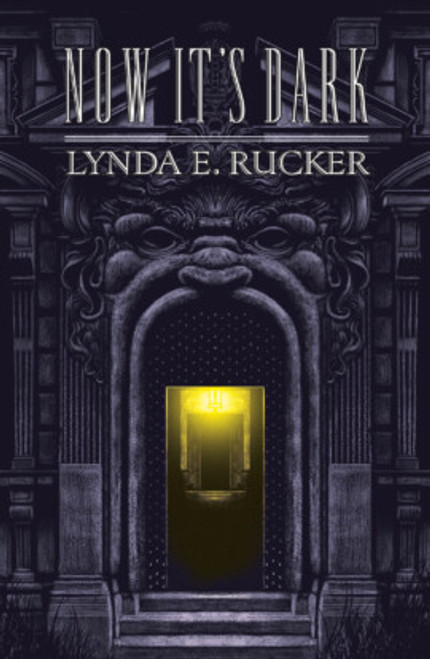Product Description
"The delight of hell is to do evil to man, and to hasten his eternal ruin." – Swedenborg
Published alongside “Carmilla” in the landmark collection In a Glass Darkly (1872), Le Fanu’s “Green Tea” was first serialised in Charles Dickens’ magazine All the Year Round in 1869. Since its first publication, Le Fanu’s tale has lost none of its potency. “Green Tea” tells of the good natured Reverend Jennings, who writes late at night on arcane topics abetted by a steady supply of green tea. Is he insane or have these nocturnal activities opened an “interior sight” that affords a route of entry for an increasingly malignant simian companion? This 150th anniversary edition of “Green Tea”, with illustrations by Alisdair Wood and an introduction by Matthew Holness, is the definitive celebration of Le Fanu’s masterpiece of psychological terror and despair.
Contents
"Introduction"
Matthew Holness
"Green Tea"
Joseph Sheridan Le Fanu
"Some Meditations on 'Green Tea' "
Jim Rockhill & Brian J. Showers
"Exterior Visions: Assessments of 'Green Tea' by Le Fanu's Contemporaries"
Jim Rockhill & Brian J. Showers
Acknowledgements
Each copy of this illustrated 150th anniversary edition will issue with two postcards and come signed by the book's contributors: Matthew Holness, Alisdair Wood, Jim Rockhill, and Brian J. Showers. ( and a facsimile of the author's signature) Each copy will also include a CD of a specially commissioned recording of Le Fanu's classic tale, adapted with original music by Reggie Chamberlain-King and performed by Belfast's Wireless Mystery Theatre.
Joseph Sheridan Le Fanu was born in Dublin on 28 August 1814. Though he worked as a journalist and owned several newspapers, he is now best remembered for his pioneering tales of the psychological and supernatural such as “Schalken the Painter”, “Sir Dominick’s Bargain”, and “Carmilla”. His notable novels include The House by the Churchyard (1863) and Uncle Silas (1864). Le Fanu’s seminal short story collection In a Glass Darkly was published in late 1872, less than a year before his death on 7 February 1873.
 Euro
Euro
 British Pound
British Pound









